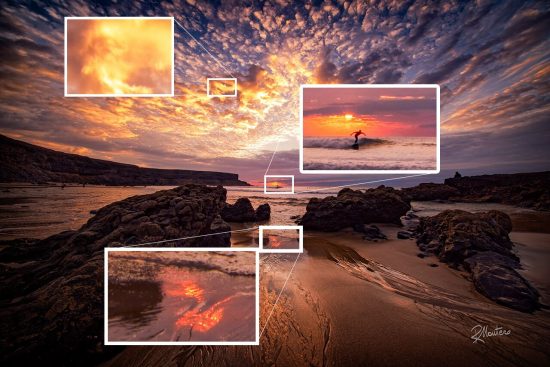


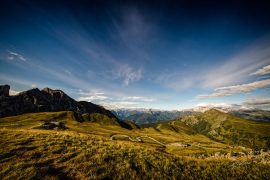
Manual focus phobia by Riccardo Mantero
Now I’d like to add my two-cents worth in debunking those (in)famous doubts that gravitate around manual-focus lenses. To begin with, when I decided to get something wider and sharper for my beloved Nikon 16-35 f/4, I have to admit that I was worried about the prospect. No, change that. Actually, I was really scared. Scared that I had to make some choices.
The first was getting some kind of autofocus zoom, like the Nikon 14-24, or the recently-introduced fisheye; something sharper than my 15mm sigma, or something even sharper, like a prime lens by Zeiss. But hang on a minute! These Zeiss Prime lenses are all manual focus! What’s going on? 4000 and more euros for something that doesn’t autofocus? No way, José! And it was at that point, like being in some kind of Zen state, I had an epiphany. I’d asked myself, “why is a company such as Zeiss producing manual focus lenses?” And there was only one answer: “because a manual focus – in several situations, especially where a wide lens is required – is better than autofocus!”.
For example, try and ask yourself, as I did, “Now why do I want an extreme wide-angle lens?” The answers will include, for sure, “for landscape photography”, or “for night photography”, or again “for architectural photography”. With three categories you’ve covered a really huge part of the photography universe, and one of those is done, by default, using manual focus!
So my idea was to achieve something really stunning with my landscapes and with my nightime photographs. I would so badly love to give the observer the sensation of jumping directly into the frame, and moreover I surely would if I were an architectural photographer.
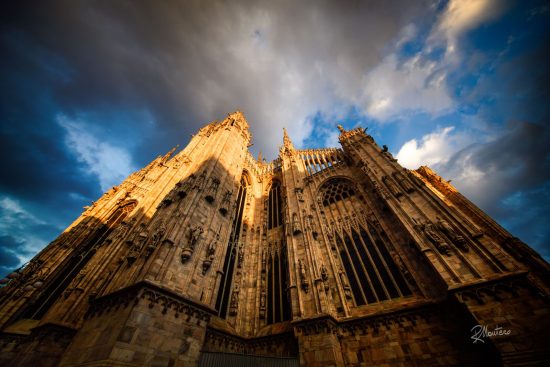
Basically I’m a landscape and travel photographer, but I don’t dislike some architectural shots, especially when I can play with the perspective. TIP: Just put on focus on the farthest statue at the top.
So, to recap, my research was oriented towards a super-sharp wide-angle, no matter the focus mode or stabilization, just for extreme performances. After checking several brands and being almost resigned to having to spend 4000 euros, I’d found an article on some website (may be dpreview or petapixel, don’t remember – sorry) about something new: the Irix 11mm… Hell… 11mm!! ON A FULL FRAME DLSR! What crazy perspectives and absurd vanishing lines I could draw with an 11mm, and for less than a quarter of the price!
After reading some reviews and tests, I decided I’d let go and switch to autofocus, and in this crazy manual focus world go and venture out, allowing myself the opportunity to shoot with a similar monster. Even so, I was still a little terrified of what I was about to embark upon, and like a lot of people, I never fully bothered to read my DSLR manual. I’d only paid attention to what I considered was meaningful for me in that moment, so I missed the “Focus indicator” in the viewfinder, along with some hints about manual focusing.
Basically, all DSLRs are provided with that small and fundamental thing. Everyone’s noted it blinking every time they focus with the AF, but few (and I was one) have tried it in MF mode. Try to do this with a normal AF lens (switching off AF), do some landscape photography, take aim at your designed subject (usually far away, on the horizon or mid-way) and turn the focus ring right and left, until you get the central round dot fixed and persistent: OK, now you’re on focus, and in manual!
Again, remember, you’re not doing this with children play soccer, but with a landscape or a static subject, and may even be on a tripod (even if I shot a lot of manual photos handheld). Aaaand now, CLICK! Check the photo, and if you’ve done everything right, you’ve got your photo perfectly sharp and in focus, in the same way as if you were using the Autofocus. Now it’s time for practice, much of which will make you perfect. Try the same technique at night – or in fading light conditions where the AF system isn’t working at all – until the mechanism to use the focus indicator becomes natural. Okay, now you’re a perfect manual focuser! There’s now nothing to hold you back from buying a MF prime, super-sharp, lens!

Here I was shooting the Maldivian sunset, when suddenly a school of sharks decided to cross my frame. No problem! I was in hyper-focal and everything has been captured sharp and steady even without AF or VR.
There are conditions where the focus sensor doesn’t work at all. Sometimes the light conditions can cause confusion; shooting through wet or dirty glass, for example, or through a fence, or in a really dark night, So what do we do now? Is there anything that can save us? Good news: that’s easy to answer. Learn how to use the Live View! Switch it on, find your subject (for example, a particularly luminous star), zoom in on it using the + key in the Live View until the view is large enough in your screen. Then manual focus the lens until it is sharp and clear. And there you go – you’ve got your focus. And it’s even better if you got an IRIX. In fact, you can lock the focus with the “focus lock ring”. In that way you are sure to have locked the focus onto the infinite. I use this technique for all my night photography, star trails, star stacking, the Milky Way or long exposures.
The same trick can be applied even in the daytime in light conditions, on a tripod, in a church, in a building, on a rock; nothing prevents you from using manual focus using the zoomed “Live View”. Even having zoomed up by 200%, the image is in is focus.
In addition, there are several more kinds of photography where manual focus is mandatory, for example in macro photography.
Anyway, nothing prevents you using manual focusing even for different kinds of photography such as street photography – if you like to challenge yourself a bit – or to achieve some particular effects in a portrait, or in still life photography where you have time to plan the shot. It is just a matter of practice and exercise, and the satisfaction of getting a stunning shot by saying that it’s manual focused will be double.
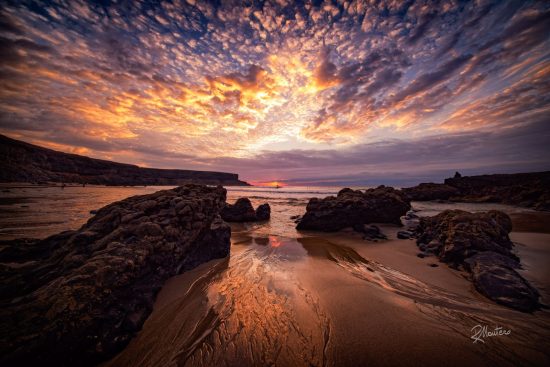
Caption: At this time, doing this freehand, I was waiting for the sun to be on the horizon. Meanwhile, some surfers were expecting the right wave. Then everything happened in a second: the right wave, the sunset, my photo, and here it is. Hyper-sharp and with really stunning vanishing lines.
Paradoxically MF can be better even in really fast action conditions such as a bike or car race. If you’re close to the action, the AF – even continuous or 3D – can be frustrating because you’re rarely in the optimal situation. You can’t pan and you can’t freeze the racers. But if you set a “focus trap”, that is, prepare your focus where you know that the race will pass, you can overcome the problem in a really professional way.
And so, to recap:
- Manual focus isn’t a limit but a conquest.
- You are focusing with the most precise tool that nature has made available for you: your eye.
- There are situations where AF simply doesn’t work and so you have to use MF.
- For landscape photography or where hyper-focal is needed, using the MF is pretty easy.
- All DSLRs know when the subject you’ve aimed at is in focus, and they tell you this through the focus indicator.
- Using zoomed Live View is a killer tip, and it resolves a significant part of hard focus situations.
- Learning the “focus trap” technique will help you freeze a rapidly moving subject during a fast action situation.
- In macro, still life or splash photography using AF is often useless.
- Showing us a manually-focused photo doubles your satisfaction!
- So, to complete our short excursion into the disturbing universe that is Manual Focus, are you still scared silly about it? Or now you’re maybe more curious and stimulated to test it out?
- It is, without doubt, different, and needs some more time than the AF, but even though it is challenging it gives us stunning results in conditions where usually you simply can’t obtain a result with AF.
- Do you want to try it for free and convince yourself? Easy! Just switch off the AF on your camera and lens and go ahead! And once you’re proud and safe, order your MF prime lens without hesitation and you will finally have in your hand the ultimate weapon for your photography (hopefully an IRIX)!
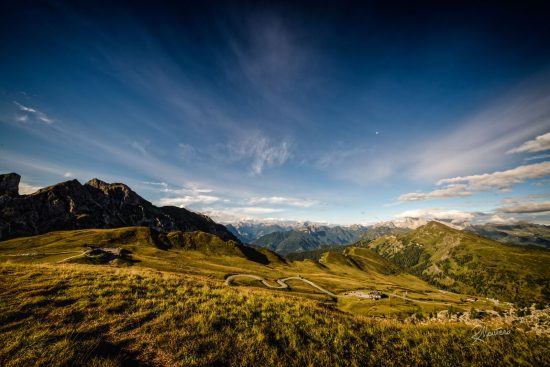
Freehand, an early morning in the Dolomites Mountain range, in Italy. The FOV (field of view) is impressive and stunning, and everything is in focus.
TIP: focusing on the farthest point of the horizon and add 3-4 stops over the total aperture, will ensure great depth of field and everything is perfectly sharp and in focus.
If you have an interesting idea for a guest post, you can contact me here.


